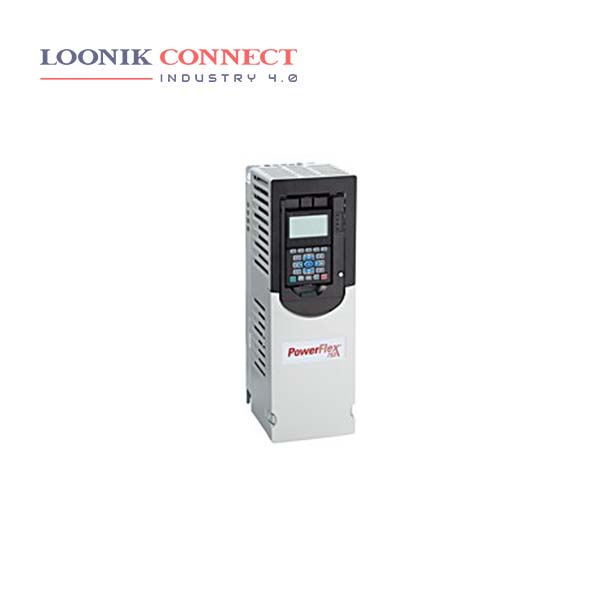Low voltage drives offer a solution for both low- and high-power applications. And while medium voltage drives have the benefit of less current draw and lower energy usage, low voltage drives are often chosen for their relatively lower cost, smaller size, and better availability. Low voltage AC drives have built in features to adjust the speed and torque of standard AC motors. Along with induction motors, AC drives replace the use of DC and slip-ring motors together with their control systems. An AC drive is a device used to control the speed of an electrical motor in order to: enhance process control. reduce energy usage and generate energy efficiently. decrease mechanical stress on motor control applications.
These components are the user interface, the motor, the electrical supply and the process interface. An electrical supply feeds the required electricity to the drive. One selection criteria for the drive is the supply voltage and its frequency. The AC drive converts the frequency and voltage and feeds the motor. The advantages by using AC drives: AC drives provide the most energy efficient means of capacity control. AC drives have the lowest starting current of any starter type. AC drives reduce thermal and mechanical stresses on motors and belts.
Low-voltage (LV) drives are designed to operate at output voltages equal to or less than 690 V. While motor-application LV drives are available in ratings of up to the order of 5 or 6 MW, economic considerations typically favor medium-voltage (MV) drives with much lower power ratings. The advantages by using AC drives: AC drives provide the most energy efficient means of capacity control. AC drives have the lowest starting current of any starter type. AC drives reduce thermal and mechanical stresses on motors and belts.










